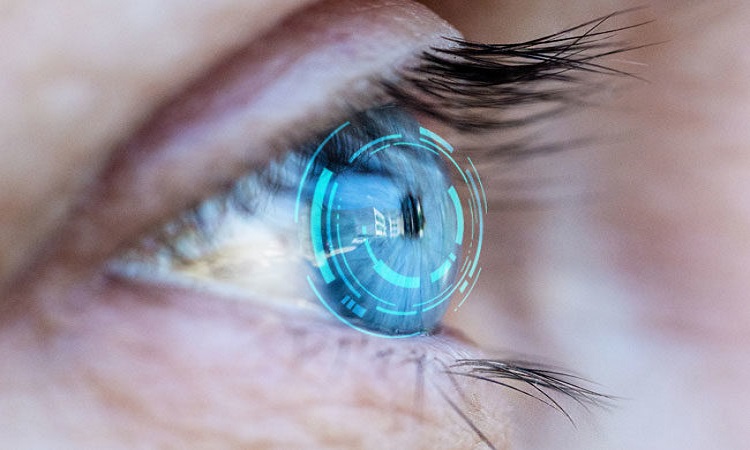The Federal Drug Administration (FDA), the American health regulatory authority, has just approved the first contact lenses capable of delivering anti-allergy drugs. One day, this type of approach could allow the treatment of cataracts and glaucoma.
The spring period is conducive to hay fever. In people affected by these allergies, the manifestations can be very unpleasant: asthma, repeated sneezing, runny nose, cough or even itchy eyes. Contact lens wearers who suffer from this latter symptom will soon be able to take advantage of a new option to treat them, at least in the United States: the first lens capable of delivering medication directly to the eye.
Manufactured by Johnson & Johnson and recently approved by the United States Food and Drug Administration, these lenses contain the antihistamine ketotifen.
Fast and long-lasting action
Unleashing medicated options through contact lenses has always been complicated, as their properties vary from brand to brand. The lens architecture may also be slightly different whether it is designed to release antihistamines, antibiotics, or other anti-inflammatory drugs. In other words, there must be certain compatibilities between the chosen drug and the contact lens.
Controlling the duration of the release of said drug was also a challenge. Early attempts involved simply soaking lenses in therapeutic solutions. However, this approach tended to release the drug very quickly and all at once. As a result, the symptoms could only be relieved for a few hours.
As part of recent work, researchers from Johnson & Johnson have therefore endeavored to imagine a pair of antihistamine lenses capable of gradually releasing its drug. To do this, the team relied on several technologies, such as nanoparticles and molecular imprinting that create cavities in a polymer structure matching the size and shape of a specific drug.
In phase 3 clinical studies, these disposable lenses would have reduced itching due to allergies in just three minutes and up to twelve hours. The results of this work were published in 2019 in the journal Cornea. After Canada and Japan, the product will soon be available in the United States.
Towards a generalization of this approach?
This may just be the beginning of the use of therapeutic lenses. Researchers think in particular of cataracts or glaucoma, which are the main causes of blindness in the world. While eye drops are frequently used as treatments, many patients often forget to use them. Also, most medicated agents are usually drained by tears before they can be absorbed.
Certain retinal diseases, such as diabetic retinopathy and age-related macular degeneration, are also treated with injections. However, these approaches are very invasive and many fear needles.
Thus, specially designed contact lenses might not only be more comfortable, but also more effective.




